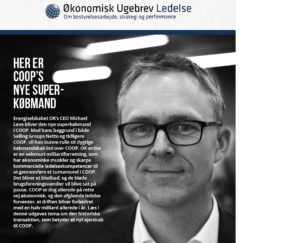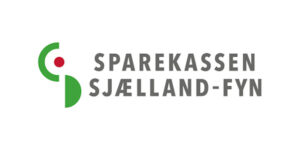Stagnationen i Tyskland ser ud til at blive langvarig, mener ING, som har overvejet de forskellige scenarier for en vending. Resultatet er, at Tyskland i en længere periode slet ikke kommer ud af stagnationen.
Uddrag fra ING:
The German economy stagnated in the fourth quarter. An end to this stagnation is not yet in sight.
With some promising signals from mainly soft indicators at the end of last year, we were starting to talk about the alphabet soup of possible recovery shapes for the German economy. The latest data, however, suggests that it’s still too soon to think about this. Discussions on the German economy will again be dominated by one single letter: the ‘r’.
According to the just released data, the German economy stagnated in the fourth quarter, from a slightly revised 0.2% quarter-on-quarter in the third quarter. On the year, the economy grew by 0.4%. GDP details will only be released at the end of the month but according to available monthly data, the construction sector as well as private consumption should have been a drag on growth. Unfortunately, the statistical office seems to have some technical issues and the normal press release accompanying the data has not been published, yet.
In general, the German economy remains stuck between solid private consumption and a paralysed manufacturing sector. Even though there had been several one-offs, explaining the short-term weakness, the bigger picture of the German economy is clear: it has been in a de facto stagnation since the summer of 2018. In particular, the manufacturing sector remains caught between cyclical weakness, on the back of the trade conflict and weaker global growth, and structural weakness, on the back of disruption in the automotive sector and too little investment.
Looking ahead, the latest soft indicators and industrial data for December do not bode well for the short-term outlook. Also, the impact from the coronavirus on the Chinese economy is likely to delay any rebound in the manufacturing sector as it at least temporarily disrupts supply chains. However, despite these rather discouraging factors, there are several – partly technical – drivers which should soften any pessimism. The poor performance of the construction sector in the fourth quarter was mainly driven by the Christmas break. With mild winter weather, a rebound in the first quarter looks likely. Also, changes in the inventory cycle could support growth in the short run.
Some weeks ago, we had started to investigate which form the recovery could take from the alphabet soup of options. Will it be a ‘V’ for a strong rebound, a ‘U’ for a longer bottom followed by a strong rebound, a ‘J’ for a longer period of stagnation followed by a weak rebound, an ‘L’ for a long period of stagnation or even a ‘W’ for a double dip recession? Today’s data shows that the alphabet soup has been taken off the menu for the time being. Stagnation, with a risk of a technical recession, currently looks like the only dish served.








